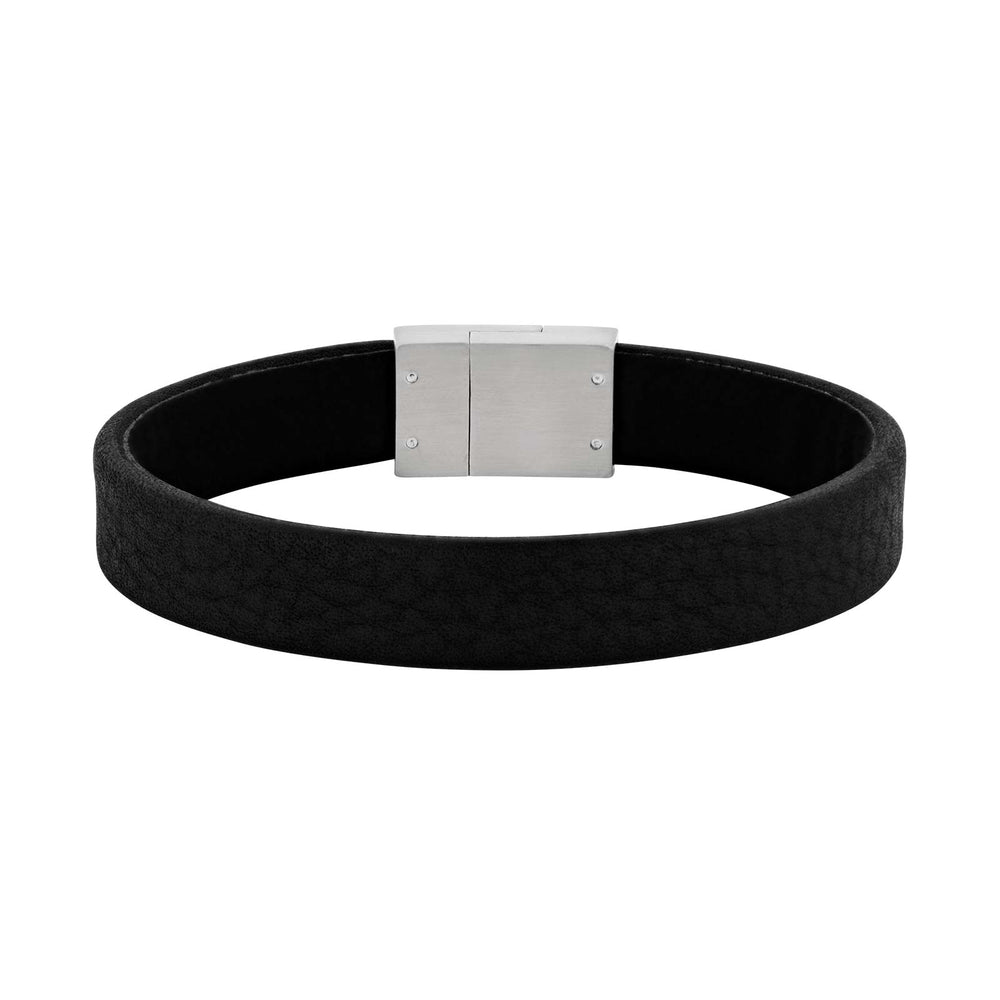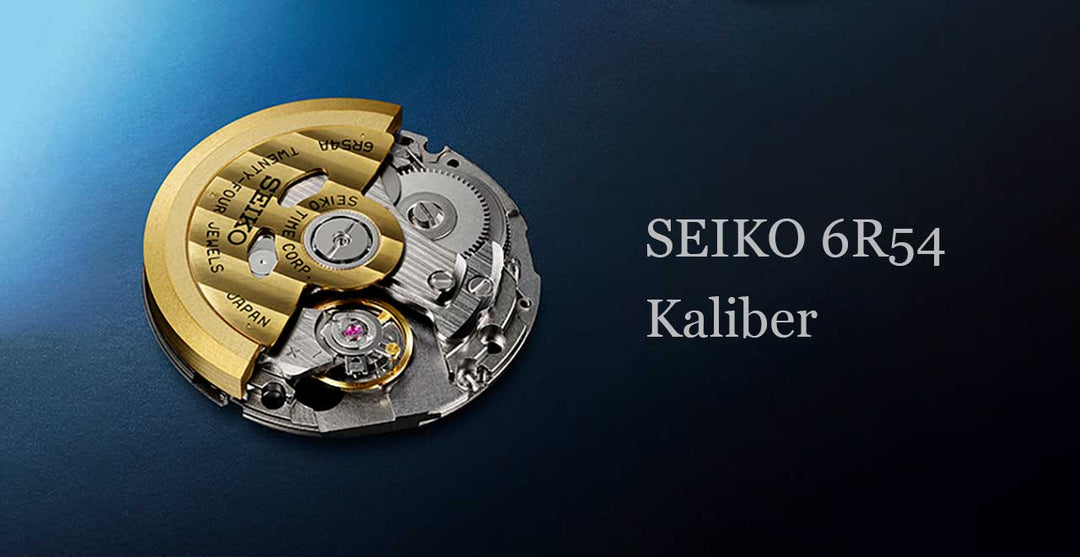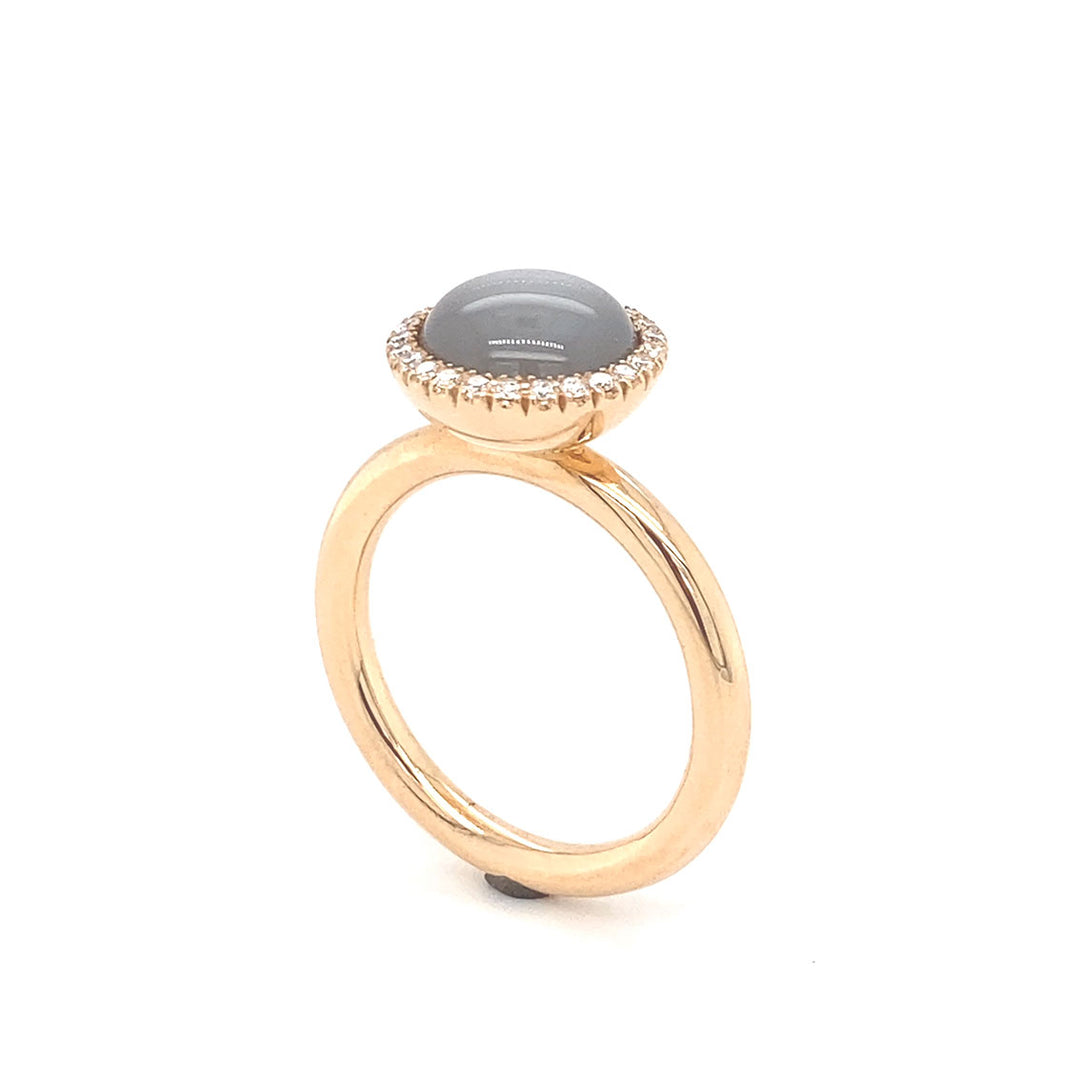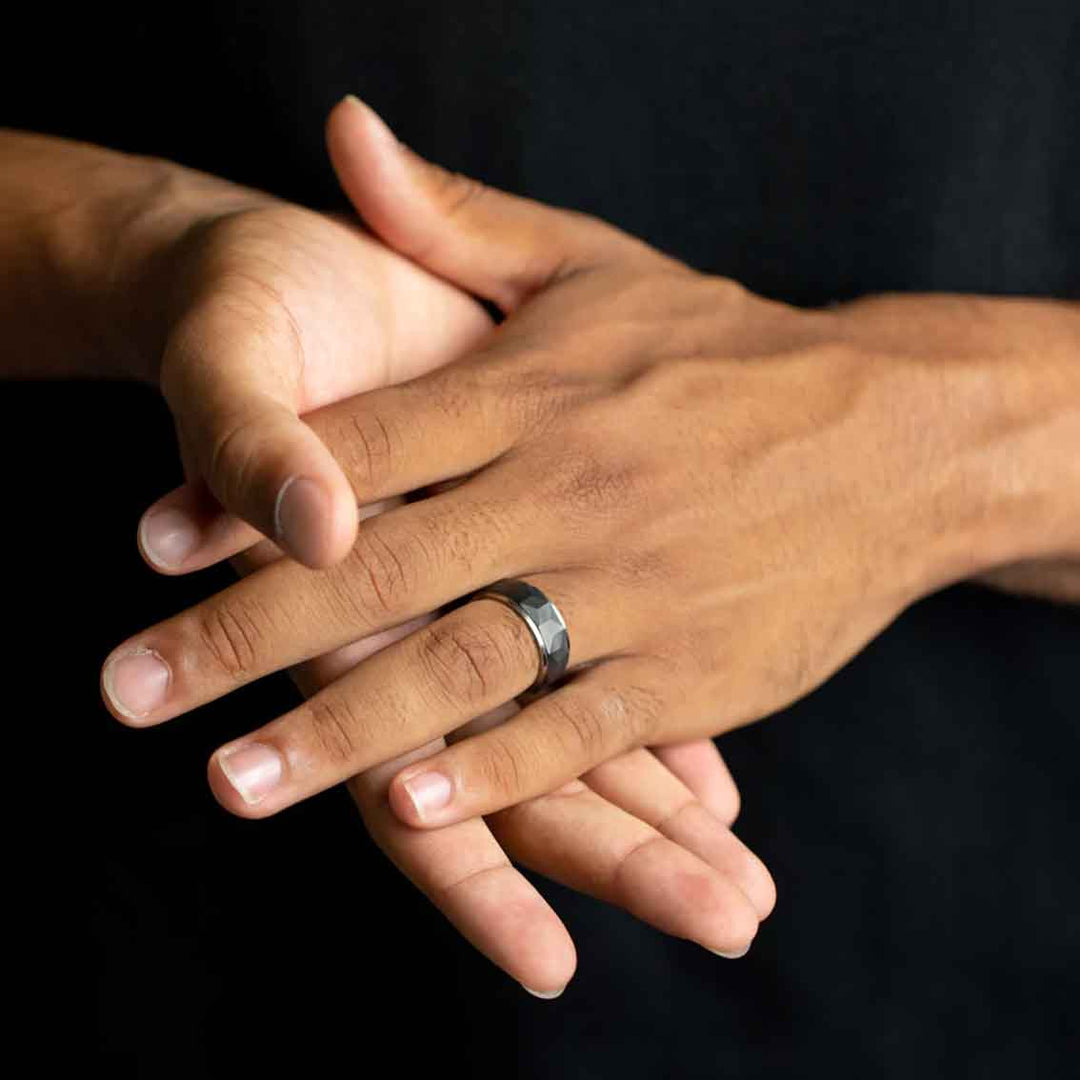Gold price development: A goldsmith's perspective
In the world of precious metals, gold not only represents wealth and beauty, but is also a valuable, rare commodity that is constantly changing. As a goldsmith, understanding the dynamics of the gold price is crucial, as this directly impacts the costs and pricing of the jewelry pieces created. In this blog post, we'll take a look at the various aspects of the gold price and its significance from a goldsmith's perspective.
Gold has a millennia-long history as a valuable commodity, playing a central role in both industry and jewelry production. The price of gold is a key indicator of economic stability. In times of economic uncertainty or geopolitical tension, the price of gold tends to rise as investors and central banks seek safe haven assets. Furthermore, the price of gold influences inflation and currency stability, making it an important factor for the global economy.
Why is the price of gold important for a goldsmith?
For a goldsmith, the price of gold is a critical factor because it significantly influences material costs. Rising gold prices lead to higher production costs for jewelry, which in turn increases prices for end customers. This can affect jewelry sales, especially as customers become more price-sensitive. At the same time, a higher gold price also means that the value of a custom-made piece of jewelry increases, which is an added attraction for some customers.
Pricing must be flexible to accommodate fluctuations in the gold price while still offering a fair price to the end consumer. Furthermore, if prices rise, the goldsmith can decide to use alternative precious metals or materials or adapt designs to optimize costs without compromising quality.
What factors influence the price of gold?
The development of the gold price is determined by various factors:
-
Supply and demand: The price of gold is significantly influenced by demand from jewelry manufacturers, central banks, and investors. Supply from mining also plays a role.
-
Economic data: Inflation, interest rates, and exchange rates have a direct impact on the price of gold. Low interest rates, for example, make gold a more attractive investment because there are no interest losses.
-
Geopolitical events: Conflicts, political unrest or global crises often lead to an increase in the price of gold as it is considered a safe haven.
-
Currency stability: The strength of the US dollar plays a particularly important role, as the price of gold is quoted worldwide in dollars. A weak dollar can lead to an increase in the price of gold.
Historical development of the gold price over the last 25 years
Looking back over the last 25 years, the price of gold has undergone a dramatic development. From the late 1990s, the price of gold entered the new millennium relatively flat and stable, only to then rise in the early 2000s with the introduction of various international economic stimulus measures and expansionary monetary policies. This significant increase continued until the 2008 financial crisis, when the price of gold surged as many investors turned to gold as a safe haven.
This led to a historic high in 2011, when the price reached nearly $1,900 per ounce. The following years, until around 2016, saw a decline, followed by a relatively stable period. In more recent years, particularly due to the effects of the COVID-19 pandemic in 2020, the price of gold has experienced another rise, temporarily exceeding the $2,000 per ounce mark. Currently, the price per ounce is approaching the $3,000 mark.
Forecast: How will the price of gold develop?
The future of the gold price remains uncertain due to the multitude of factors influencing it. Forecasts show that the gold price could continue to benefit from uncertain global economic conditions, inflationary trends, and geopolitical tensions. Gold remains an attractive investment, especially in uncertain times like the ones we are currently experiencing.
For goldsmiths, this means they must continue to adapt flexibly to market conditions. One option could be to focus more on the artistic and individual design of jewelry pieces to emphasize the value for customers beyond the pure material costs, or to focus on other materials in jewelry production.
Alternative materials in jewelry making
In jewelry making, there are a variety of alternative materials to gold that are not only more cost-effective but also offer a number of additional advantages. Here are some common alternatives and their benefits:
Silver
Advantages: Silver is a popular precious metal that's more affordable than gold. It has an elegant, shiny appearance that appeals to many customers. Silver is also hypoallergenic, making it ideal for people with sensitive skin.
Variety: It can be easily combined with many styles and is relatively easy to work with, allowing for a variety of designs.
stainless steel
Advantages: Stainless steel is extremely durable and resistant to scratches and tarnishing. The material offers a modern, industrial aesthetic that's especially popular in minimalist designs.
Easy to care for: Stainless steel jewelry requires little care and retains its shine over a long period of time.
titanium
Advantages: Titanium is extremely lightweight, strong, and hypoallergenic, making it an ideal choice for people sensitive to other metals. It offers a modern and innovative look.
Durability: The extreme strength of titanium ensures that jewelry is very durable, which offers high utility.
Brass
Advantages: Brass has a warm, gold-like color and is attractively priced. It brings an antique or vintage look that appeals to many jewelry lovers.
Flexibility: Brass is easy to shape and can be processed into a variety of designs, giving designers great creative freedom.
Ceramics
Advantages: Ceramic materials are durable, lightweight, and offer a matte or glossy finish in a variety of colors. They are skin-friendly and can be combined with metal elements.
Variety of styles: The use of ceramics allows for the creation of modern and unconventional designs that stand out from traditional jewelry.
These alternative materials offer customers not only financial benefits but also a wide range of aesthetic options, comfort, durability, and ethical considerations. They open up new opportunities for both designers and wearers to express their individuality and style.
Other related articles that might interest you:








